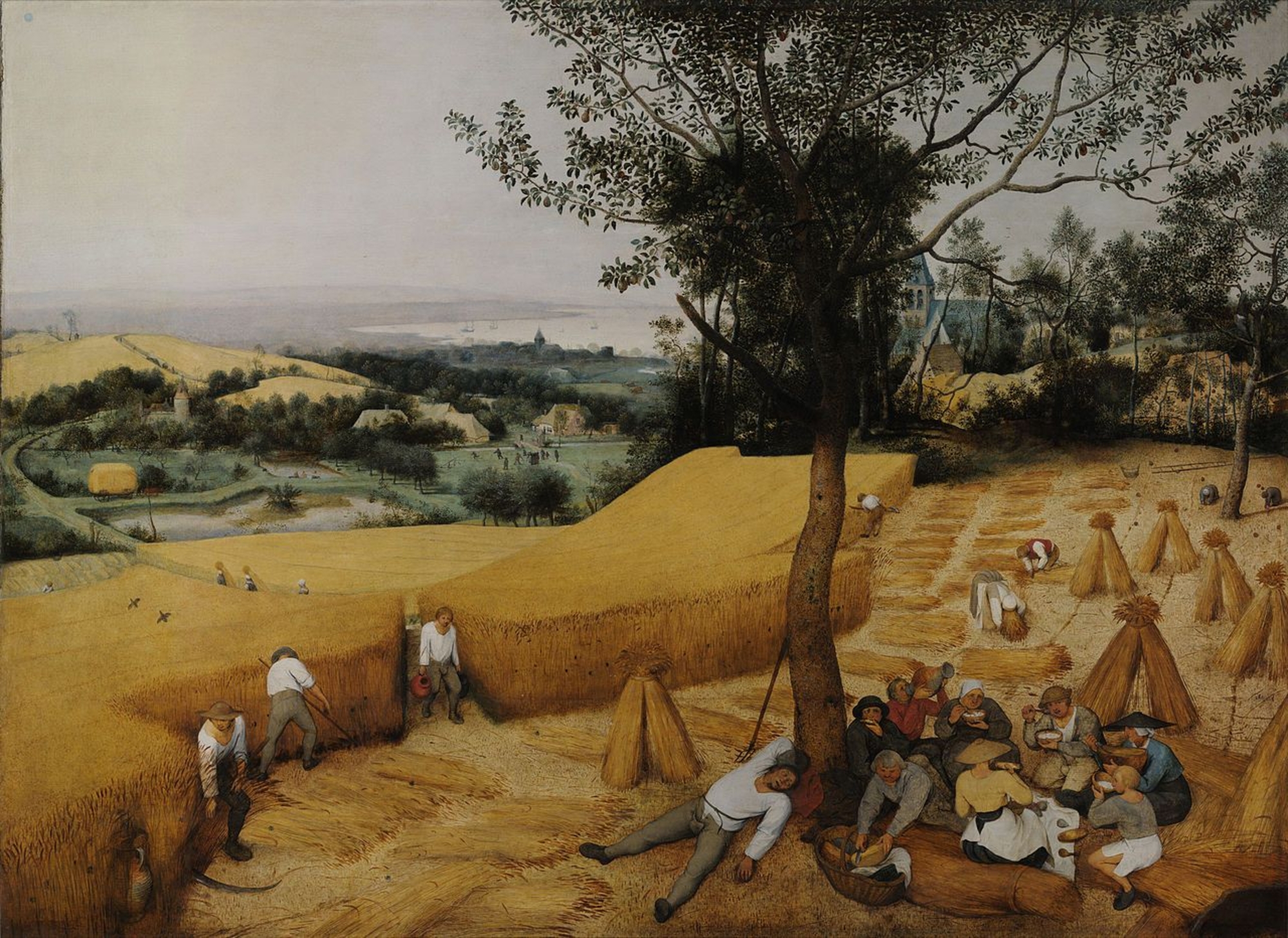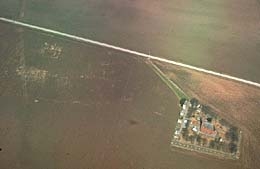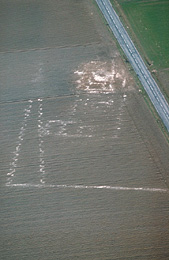- Home
- Discoveries
- The Middle Ages and the birth of the rural world
- Towards a new rural landscape
It is sometimes difficult to speak of the permanence of habitations because of the fragility of their remains, often found in archaeological layers close to plowed surfaces. Nevertheless, in certain cases, recent excavations of Gallo-Roman villas prove that structures were erected on the same site, following the general layout of previous foundations.
One could imagine that new villages formed along the Roman roads that the Leti were entrusted with defending, as well as in the vicinity of ruined structures. Apparently, however, a number of villas were more or less abandoned. The vast ruins that remained attracted — for a very long time thereafter — squatters, treasure hunters and, above all, those who wanted to reuse their building materials.
During the fourth century and possibly later, the strong demographic drop probably led to the abandon of certain large establishments, and the regrouping of the population into others.
Thus, near certain modern villages we find ancient sanctuaries and villas. It is probable that the Roman ruins and their materials attracted peasants, even long after the site had been abandoned. Aerial images show that, beneath villages and hamlets that were abandoned during the wars of the sixteenth and seventeenth centuries, there are always ancient foundations, although we cannot say when this alteration took place. This leads us to think that this must also be the case with the villages that exist to this day.
Ancient sanctuary beneath the vanished hamlet of Saint-Agnan at Grivesnes (Somme).
In the same way, we can make out a large villa at the edge of the village of La Houssoye (Somme).
A mill mount was erected in modern times over the location of the main residence of a Gallo-Roman villa. Beauquesne (Somme).



